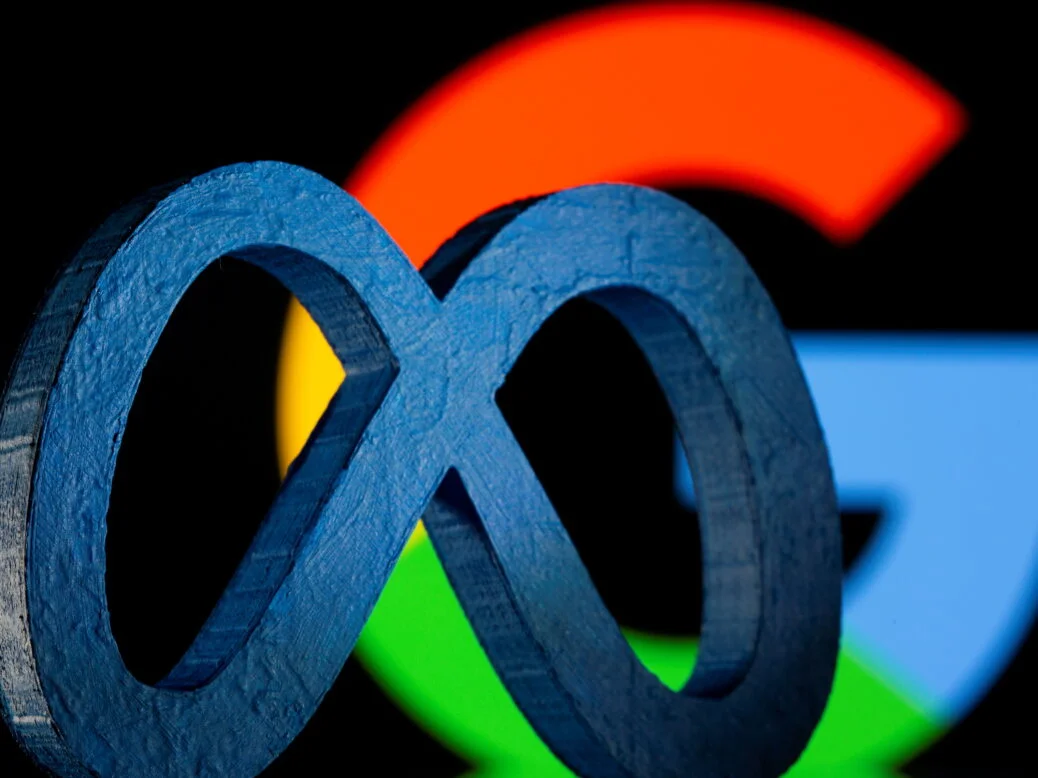When I applied to study journalism at university many years ago, I remember my excitement at the possible news careers I would choose from. From war reporter to investigative journalist, I was genuinely enthused by the field’s potential.
Over the course of the next four years I lost most of my passion and fire. To be frank, most of my optimism bled out on the floor of my Print Journalism class. It was here — twice a week for my first two semesters — that I learned the cold reality of news construction.
The tug of war between the advertising and editorial teams for page real estate, the need to angle stories to appeal to audience concerns, and the power of the absurd in capturing readers’ attention. Man bites dog, anyone?
After graduation, I shied away from a career in general news reporting and pursued business news, comforted by company financials and hard data.
In the ensuing years, however, I’d tell anybody who would listen (very few it turns out) that they needed to lean on multiple news sources, including at least one newswire. This would allow them to sample multiple narratives and build a more complete picture of events than any one outlet could provide.
I debated with colleagues over why I thought audiences were right to take what they read and heard with a pinch of salt, and that they needed to “fact check” their news sources by reading around. I, however, wasn’t suggesting the media lacked integrity, rather that each and every media organization has an agenda.
This is hardly breaking news or a particularly shocking revelation. It’s always been that way and that’s just fine. News outlets need to give audiences what they want or the lights will eventually be turned off. While agenda can be something of a controversial word when discussing the news, we need some mainstream dialogue on the subject. In its continued absence, how will the sector tackle the continued loss of public trust?
We’ve seen multiple surveys of US news consumers in recent years that point to a deterioration in the public’s trust in news. The latest one from Gallup and the Knight Foundation has found that only 26% of Americans have a favorable opinion of the news media — the lowest level in the past five years.
You could argue long and hard about when news became just another form of entertainment, but I think we might be able to agree that the shift from perceived public service to just another form of content has severely diminished the public’s respect for journalism.
News media has faced and will continue to face many challenges that will force it to evolve. Cable and then the internet forced news publishers to get their material out to audiences faster to compete with a never-ending flood of digital content. The shift to TikTok is the latest step in that evolution.
At the same time, however, it’s clear that news has an audience engagement problem. The Knight Foundation and Gallup report (PDF download) argues that national news organizations need to communicate more directly with their audiences the impact that the fourth estate has on society at large and “demonstrate the care they have for their readers, listeners or viewers”.
The goal is aspirational, but the reasoning sounds paradoxical to me. Why should mistrustful audiences trust the media simply because they say they can be trusted?
Content from our partners
Instead, media outlets might be better served by collectively acknowledging the issues of bias and agenda before encouraging audiences to widen their network of sources. The idea of encouraging your audience to consume rival content may sound counterintuitive, but such a move suggests a greater level of transparency and trustworthiness than simply claiming that trust.
At the same time, the risk is relatively low. You’re unlikely to lose much of the audience that likes your content, and vice versa for the audience that doesn’t. You may pick up some from the middle, but the real win would be a general revival of the public’s waning trust in the wider news landscape.










